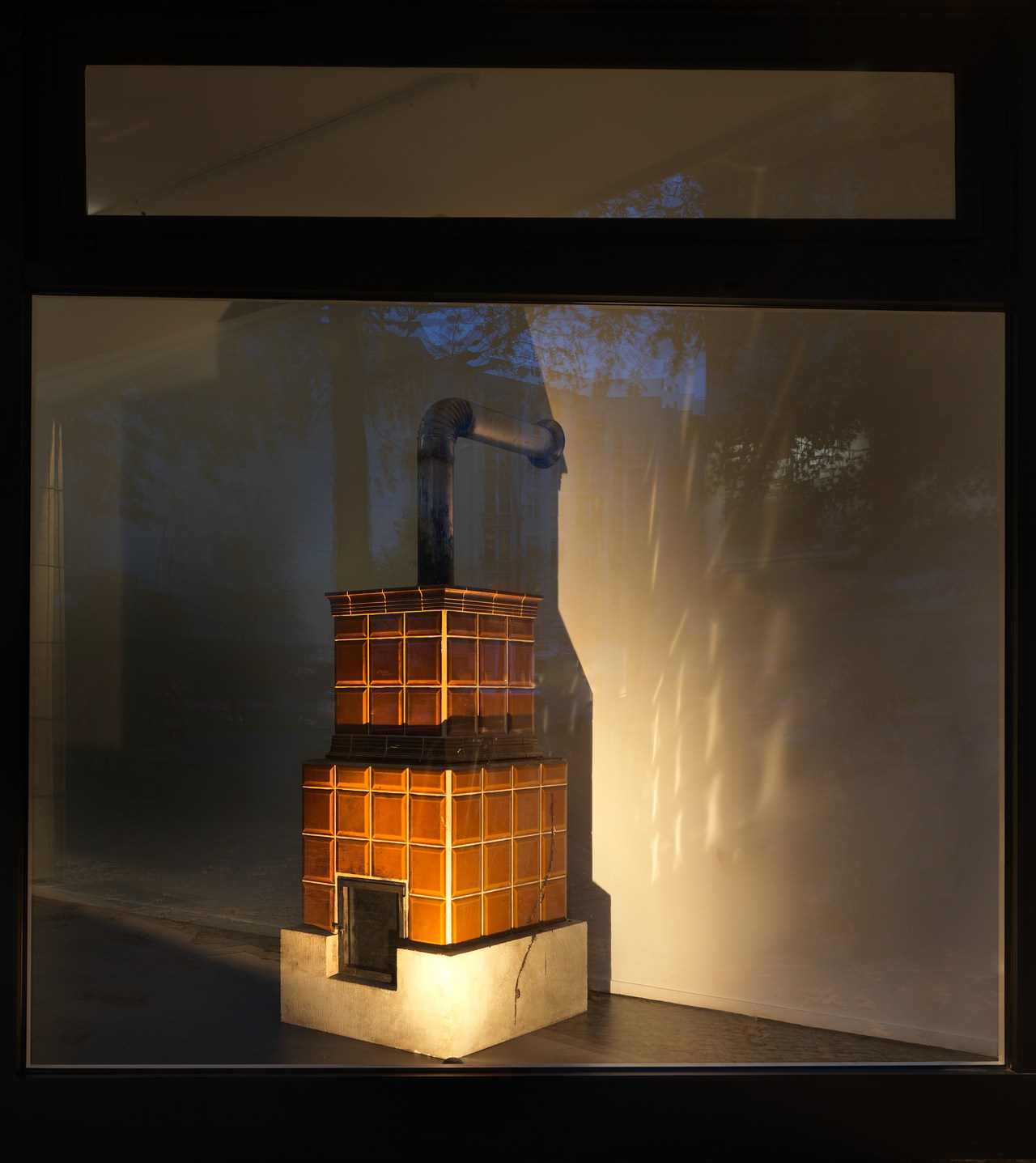Untitled (Head Falling 02)
2015 - Film & Video (Film & Video)
Diego Marcon
The video animation Falling Head 2 , hand-painted by Diego Marcon in 2015, consists of a close-up of a head caught on the threshold between sleep and wakefulness or maybe from wakefulness to sleep. The film is projected as a ten-second loop where the first and last frames coincide. Working mainly in video and film, Marcon is familiar with the consequences of eyestrain. In 2015 he found himself confronted with an overwhelming quantity of visual information which left him feeling drained and confused. He was inundated by both viral online videos of the Paris attacks and the refugee crisis, compounded by viewers’ emotional responses to these events on social media as well as by the sprawling video-art archive of Careof in Milan that he was working at. In order to disconnect from the constant stream of images, and to find a non-documentary approach to picture visual stress, Marcon turned to animation. Falling Head was the last piece in which the artist adopted the laborious, old-school technique of ‘direct cinema’, painting images frame by frame directly onto a16mm clear leader creating almost 2,000 miniatures. Using liquid fabric inks and black markers to form a base, he then scratched the colored surface with a needle to let the light pierce through. Through the protagonist of this film, a lonely teenager, trapped in doubt and indeterminacy, and who we find in other works of the same series, Marcon portraits a range of emotions that have become more and more prevalent since 2015: overwhelmed by images, struck by social media, and exhausted by impotence towards a political situation that is suspended between the tragic and the grotesque
Diego Marcon uses film, video and installation to investigate the ontology of the moving image, focusing on the relationship between reality and representation. This theoretical approach is used to address more popular forms of image such as horror, slapstick comedy and cartoons. Exaggerating and multiplying the tropes of these genres, his work takes on an uncanny dimension. He addresses historical realities, memory and politics, drawing on analogue film archives which provide him with a basis for a study on the construction of emotions. His characters are often young and melancholy and inhabit the worlds that he creates through the synthesis of old techniques with more recent digital technologies.
Colors:
Other related works, blended automatically
» see more
Related works sharing similar palette
» see more

© » ARTS EQUATOR
"Asian Festivals Exchange" at M1 Contact Contemporary Dance Festival 2018 | ArtsEquator Thinking and Talking about Arts and Culture in Southeast Asia Articles Bernie Ng K(-A-)O by Kenji Shinohe August 23, 2018 By Bernice Lee (1300 words, five-minute read) “Asian Festivals Exchange” puts together works selected from two East Asian festivals — Yokohama Dance Collection and Seoul Dance Collection — two works performed by T...

© » ARTS EQUATOR
Weekly Southeast Asia Radar: "Fried Rice" nominated for Eisner; Celebrating indigenous music in Indonesia | ArtsEquator Thinking and Talking about Arts and Culture in Southeast Asia ArtsEquator Radar Franki Raden via Jakarta Post June 11, 2020 ArtsEquator’s Southeast Asia Radar features articles and posts about arts and culture in Southeast Asia, drawn from local and regional websites and publications – aggregated content from outside sources, so we are exposed to a multitude of voices in the region...
Other works by: » Diego Marcon
» see more

© » KADIST
Diego Marcon
2017Monelle by Diego Marcon was filmed at night inside the infamous Casa del Fascio, the headquarters of the local Fascist Party in Como Italy, designed by Giuseppe Terragni under Mussolini’s rule...
Related works found in the same semantic group
» see more

© » KADIST
Rodney Graham
1996Tree on the Former Site of Camera Obscura (1996) belongs to a series of large-scale photographs of trees taken by Graham and depicts a particular species that lives in Northern California...

© » KADIST
Diana Thater
2005In Perpetual Motion (2005) the seemingly erratic flight of the bright orange Monarch butterfly—filmed in its winter habitat of Michoacán, Mexico—is intensified by the artist’s editing in which frames are randomly dropped and the film is sped up...





